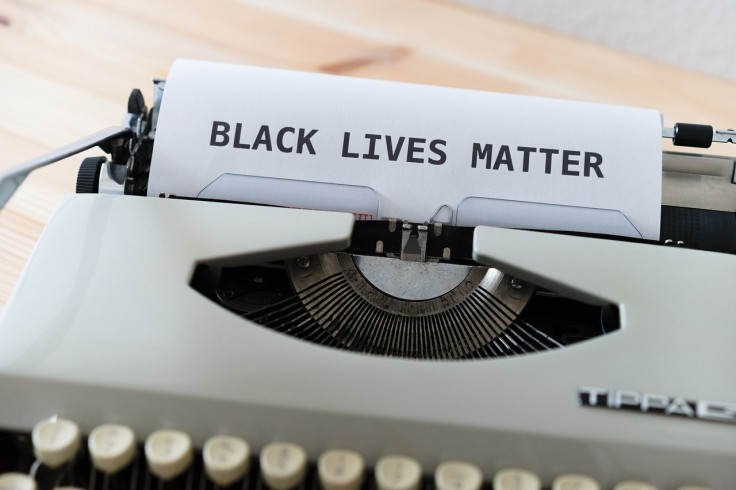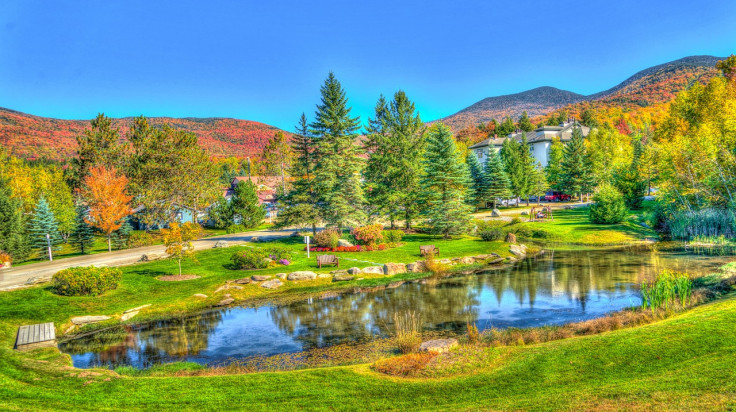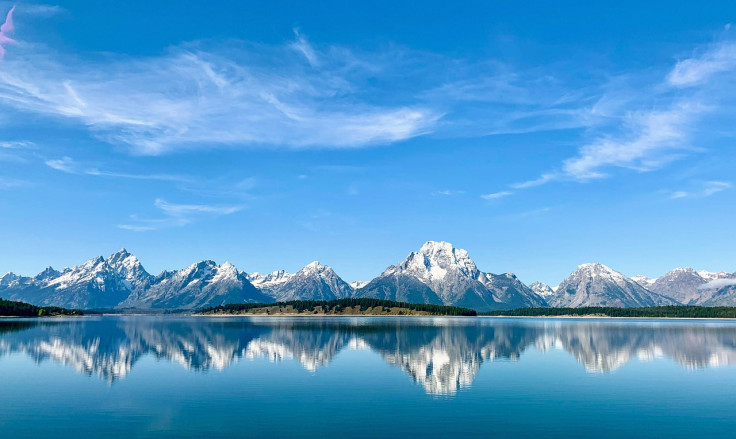
Racism has a long history in America, with minorities like Black, Latino, and Native American communities facing discrimination. Recent events like COVID-19 and George Floyd's killing have spotlighted these issues. Racism also affects various parts of life, like healthcare, education, employment, and law enforcement.
In discussions about critical race theory, a key question pops up: How deep-rooted is racism in America? Beyond recognizing past injustices like Native American oppression, slavery, and Jim Crow, the debate looks at whether the country still has white supremacist tendencies.
Now, let's take a closer look at which states are identified as having the highest levels of racist attitudes in America.
10.
Alaska

Alaska doesn't seem to have many organized hate groups, which suggests it might not be the most racist state. But racism can show up in different ways, not just through hate groups. Even in places like Alaska with fewer reported incidents, racism can still exist in subtle ways. It's not just about hate groups; it's about biases, unfair systems, and how people treat each other. So, while Alaska might not have many hate groups, that doesn't mean racism isn't a problem there, too.
9.
New Mexico

There's no clear evidence to brand New Mexico as the "most racist" state. With just one hate group and minimal racist tweets post-election, it appears to have relatively milder racial tensions. However, racism can manifest in diverse ways beyond hate groups. Context, demographics, and societal attitudes shape racial dynamics. Rather than singling out states, addressing racism broadly through inclusivity and combating systemic inequalities is crucial for societal progress.
8.
Iowa

While Iowa's two registered hate groups and a low rate of 0.4 racist tweets per person post-election indicate a relatively restrained presence of overt racism, it's essential to acknowledge that racism can exist in subtler forms. Factors such as historical context and societal attitudes contribute to understanding racial dynamics. Labeling Iowa as the "most racist" state oversimplifies a complex issue. Rather, addressing intolerance and fostering inclusivity are crucial steps toward combating racism nationwide.
7.
Utah

While Utah's two registered hate groups hint at some organized racial intolerance, it's crucial to recognize that measuring racism solely by hate group activity oversimplifies the issue. Its social landscape might reflect deeper racial tensions despite its low numbers of registered hate groups. Historical factors, social attitudes, and systemic inequalities all play roles. Rather than pinpointing a single "most racist" state, addressing racism requires nuanced understanding and comprehensive action nationwide.
6.
North Dakota

Recent legislation in North Dakota restricting discussions on systemic racism in schools has sparked controversy. While labeling the entire state as "racist" is subjective, such actions raise concerns about its approach to addressing racial issues. The law's attempt to control how racism is taught may hinder efforts to understand and address systemic inequalities. Ultimately, North Dakota's stance on racism remains a topic of debate and scrutiny.
5.
Vermont

Vermont faces significant racial disparities, particularly in its criminal justice system. Black adults enter correctional facilities at over seven times the rate of white adults, and Black and Latinx drivers are up to 3.9 times more likely to be pulled over. These disparities persist across various stages, highlighting systemic issues that need addressing. While efforts to reduce imprisonment rates are important, tackling underlying sources of racial inequality is crucial for meaningful change.
4.
Wyoming

Assessing the level of racism in Wyoming, or any state, involves considering various perspectives and experiences. While some individuals may perceive Wyoming as less racist due to its smaller population and geographic isolation, others have encountered instances of racism, particularly against Latinx and other minority groups. Personal experiences, historical context, and systemic factors all shape perceptions of racism in Wyoming and highlight the complexity of the issue.
3.
Hawaii

Assessing Hawai'i's racial landscape proves challenging without comprehensive data on online hate speech. With only four hate groups recorded, the evaluation remains incomplete, leaving gaps in understanding racial dynamics. Other factors, like cultural diversity and historical context, likely play significant roles in shaping Hawai'i's racial landscape. Therefore, a holistic approach, incorporating various data sources and perspectives, is necessary for a more accurate assessment.
2.
Montana

In Montana, being Black often means facing systemic racism and discrimination. Data shows stark racial disparities, with Black adults being incarcerated at a rate over six times higher than white adults. Stories from Black residents highlight experiences of racial profiling, bullying, and feeling marginalized in predominantly white communities. Despite challenges, rallies for racial justice demonstrate a growing movement for change amidst the predominantly white landscape of Montana.
1.
South Dakota

South Dakota, with four registered hate groups, navigates its unique history and social dynamics regarding race and prejudice. While the state's racial landscape may differ from others, addressing issues of discrimination and bias remains vital. Understanding the complexities of South Dakota's history and social fabric can provide insights into the challenges and opportunities for promoting racial equality and understanding.
Unpacking the complexities
Examining the presence of racism in American states underscores the complexity of societal attitudes and systemic disparities. While some states may exhibit overt manifestations of racism, others may grapple with more subtle forms of discrimination. Understanding these dynamics is essential for fostering meaningful dialogue and implementing strategies to promote inclusivity and equity nationwide.







